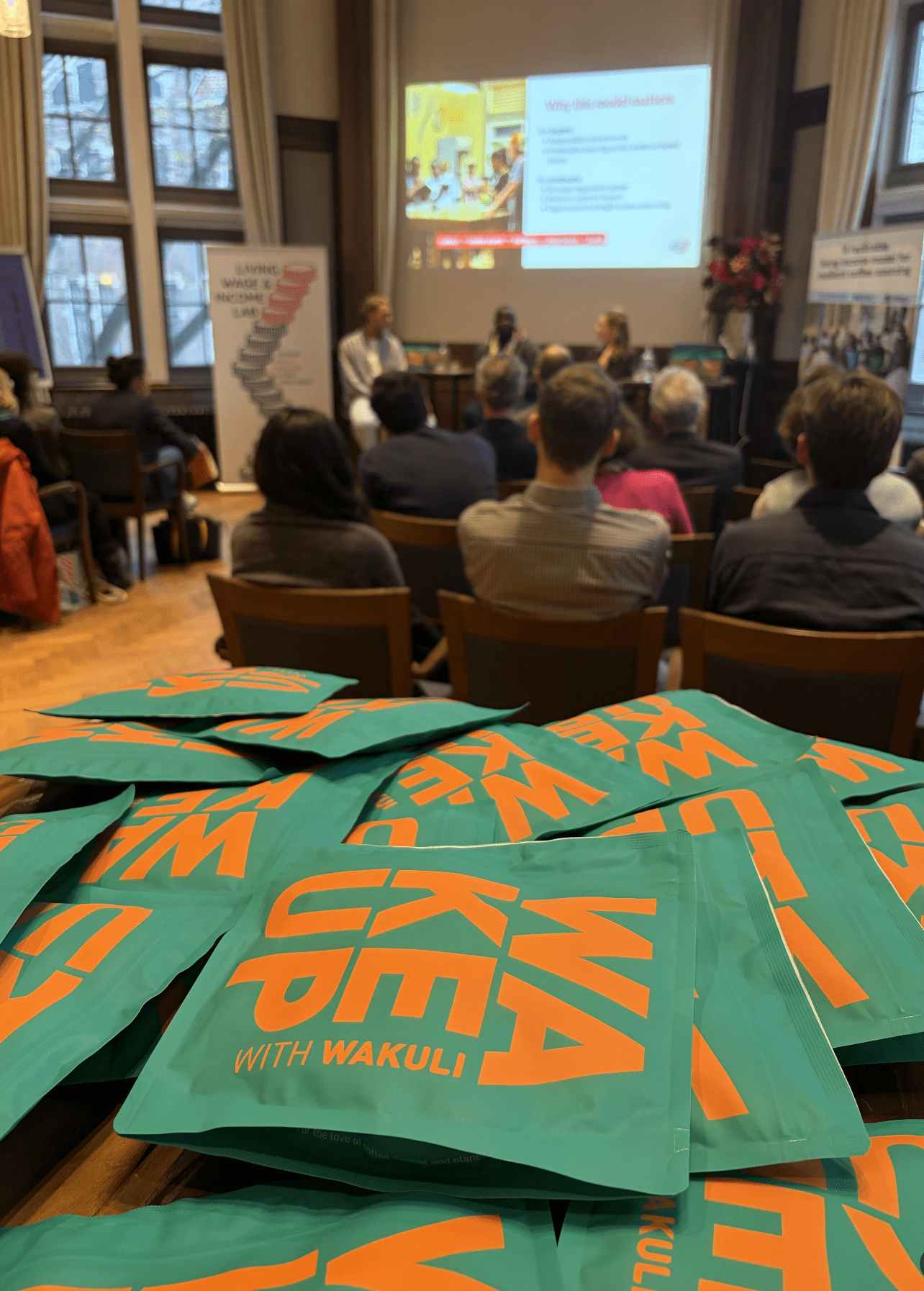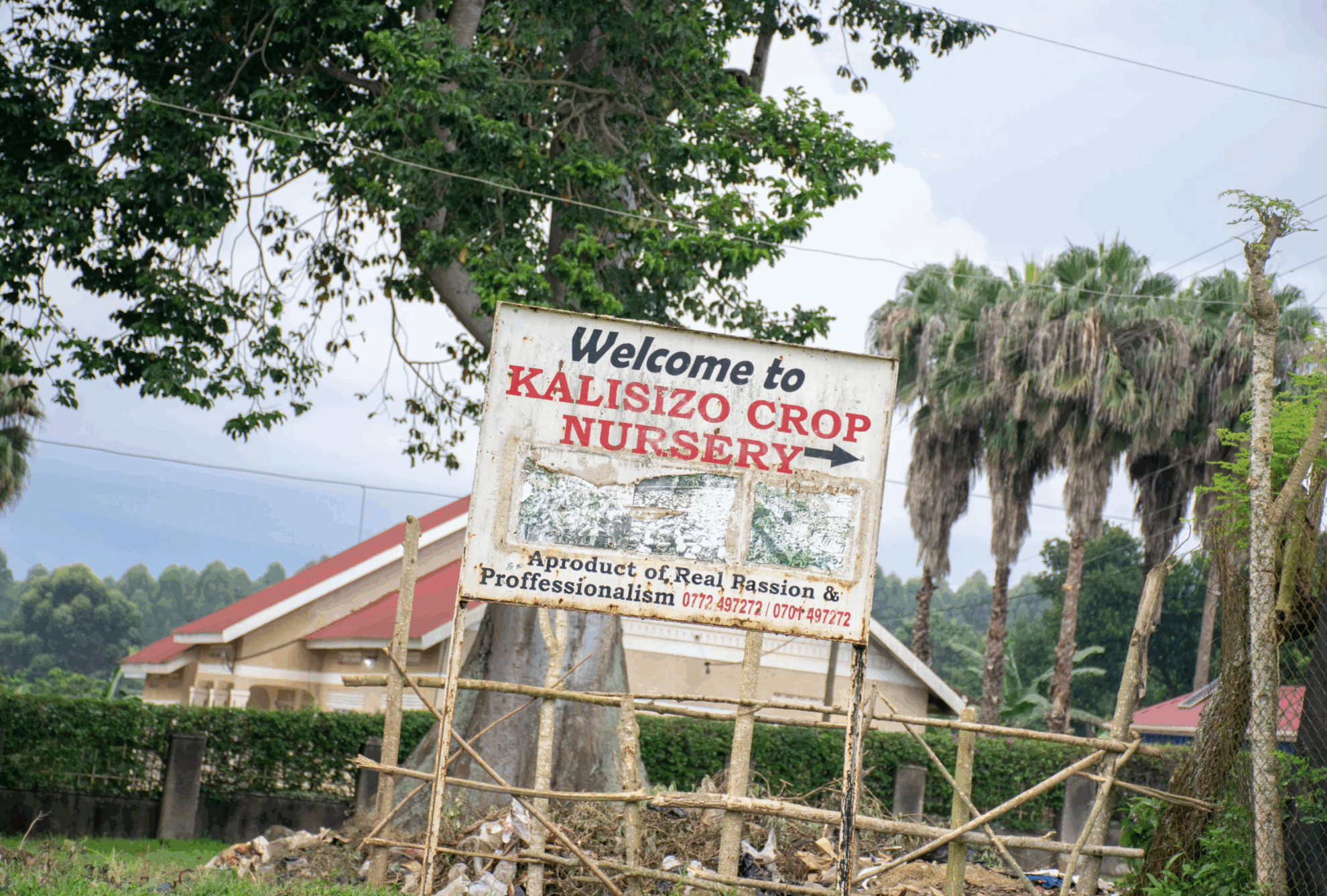The first Living Wage Lab session of 2019 united a variety of stakeholders in the agri-food sector; long-time engaged participants but also many new faces. Given the co-creative nature of the lab, we used all the expertise in the room to address the following question: what is the best strategy to investigate wage and income gaps in your supply chains?
Our host for this session, Eosta, presented their 2018 pilot in which they analysed living wages in a Kenyan avocado supply chain. Together we brainstormed about practical solutions to assess and close the living wage gap in three different supply chains.
The 14th Living Wage Lab session took place in Waddinxveen at Eosta headquarters on 17 April.
Living wages in practice – Eosta case
Eosta is an international distributor of organic fruits and vegetables, representing hundreds of organic farmers in six continents. The company’s mission is to contribute to a healthy food system, taking care of both people and planet. Eosta is committed to its mission by actively assessing and communicating sustainability impact.
The breakfast session began with Mr. Engelsman, CEO of Eosta, presenting Eosta’s work on sustainability impact and performance. Engelsman mentioned that it is crucial to redefine ‘profit’ and to start working with a financial model that covers both transparent societal and environmental costs, and that places a clear monetary value on the benefits and impacts of different food production systems, people and planet.
One relatively accessible impact for monetizing the social impact is wages. To increase workers’ wages and farmers’ income, Eosta implemented a pilot study analyzing both living wage and income in the hope to learn more about methods, best practices and possibilities for incorporating living wages in their corporate supply chain.
Nada van Schouwenburg presented the main findings of the pilot research that zoomed in on wages earned by people working in the organic avocado supply chain in Kenya. The project combined existing living wage benchmarks to assess the current wage gap of organic avocado farmers and workers and field work, to test and develop an easy methodology for assessing current wages. The pilot provided a step forward to a more transparent supply chain and increased knowledge about living wage. It also showed that assessing living income is complex and that the market context is very relevant in this.
Co-creating a strategy to assess living wage gaps
With the learnings from Eosta’s pilot, Van Schouwenburg posed the following challenge to the lab participants: how can Eosta go about assessing and paying living wages in different supply chains and geographies in a realistic way?
In the second part of the meeting, participants joined in a workshop to brainstorm on practical actions to assess and close the living wage gap in three different supply chains; citrus in South Africa, mango in Burkina Faso and pineapple in Costa Rica. The results of the brainstorm were discussed plenary. These are some of the main outcomes:
- Use what is already in place, look for the existing data, such as benchmarks and tools.
- Map your supply chain and include all actors and partners. Stakeholder involvement, trust, engagement and shared ownership are key. Set clear goals, work on long term relationships, etc.
- Establish an expert panel that brings together relevant stakeholders in the supply chain (e.g. suppliers, trade associations), and oversee and explore issues as they arise.
- Right from the beginning include clear communication strategies with both the consumer and other stakeholders in the supply chain.
- Plan how to implement a living wage and assess how it can impact the social context. Prioritize actions: when to pay, how to pay, where to start, etc.
- Efficiency and productivity improvement through the supply chain can contribute to pay higher wages.
- Document all your learnings and share them widely.
The collective discussion also brought a few interesting topics to the table. For some, the lack of a party to certify the implementation of living wage is seen as an important downside. Other participants mentioned that it would be useful to have a directory with all the living wage and living income benchmarks, existing tools to assess wages and incomes, list of organisations actively working on living wages and incomes, industry projects, etc. Participants agreed on the need of a quick and easy to use assessment method for corporations to estimate living wage and income gaps. Fortunately, a landscape of organisations is actively working towards bridging these gaps by calculating benchmarks, designing assessment tools and/or sharing projects and learnings. Some of these suggestions will also be included in the online Living Wage Lab tool.
Upcoming events
With the energies of an inspirational session, active participation and a willing attitude, we are already planning the next Lab session, most probably in the 2nd half of June. If you want to present a case or have any ideas for the session regarding content or location, get in touch with us!
Finally, an international living wage & living income conference will take place on 5 and 6 November in the Netherlands. Write it in your calendar! Also, we love to hear what would make this conference valuable for you.
If you would like to join these discussions, know more about the upcoming conference or share any ideas or questions, please get in touch: info@livingwagelab.org.


